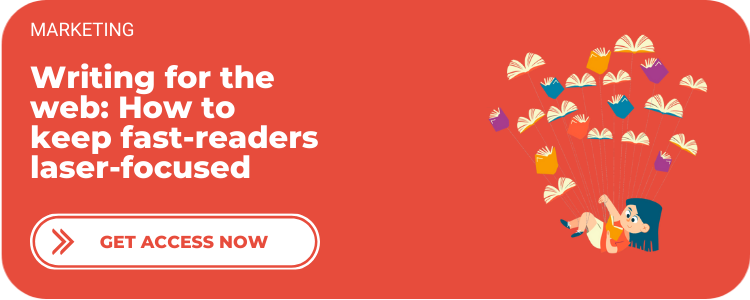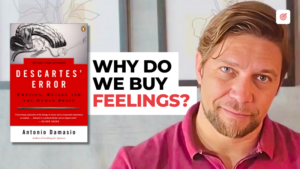There’s no other place your copywriting techniques need to persuade people to take action more than your About Page and your Sale Page.
The first one is the second most visited page of any website and it’s responsible to provide trust, relationship, and context. Powerful sales tools.
The second one is the place where all your marketing efforts will be paid-off.
Where the stream of all your content will lead to.
Today, we’re going to learn 9 copywriting techniques to master About Pages & Sales Pages conversions.
Listen to know more about:
- Copywriting Technique #16: Clear CTA
- Copywriting Technique #17: Emotion over Reason
- Copywriting Technique #18: Exclusivity
- Copywriting Technique #19: Inclusivity
- Copywriting Technique #20: Empowerment
- Copywriting Technique #21: Topical Authority
- Copywriting Technique #22: Personality
- Copywriting Technique #23: Comedy
- Copywriting Technique #24: Fresh Perspective
Downloadable content in this episode:
Useful links in this episode:
Episode Transcript
[fusebox_transcript]




